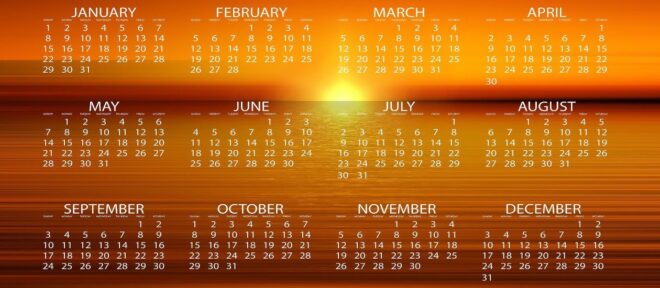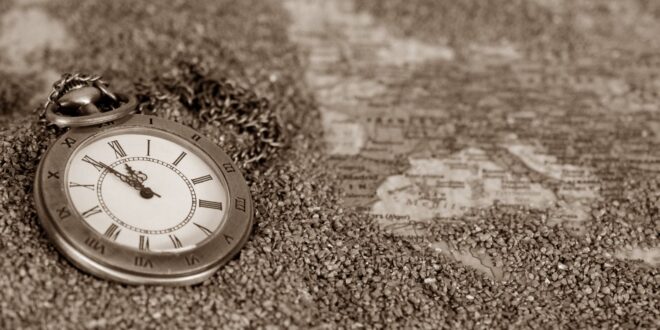Did you ever find yourself unsure of the correct bearing (direction) to Yerushalayim (Jerusalem)? The new Zmanim/Bearing to Yerushalayim map will help you find it very easily. The map draws two lines from your location to Yerushalayim. The blue line uses the commonly used (לבוש Levush and others) rhumb line (a straight line on a Mercator projection map), while the green line shows the great circle route (Rabbi Aviad Sar Shalom Basilea הרב אביעד שר שלום באזילה in his אמונת חכמים Emunas Chachamim and others) on a map. While it appears that the circle line is not a straight line, on a globe, the shortest (and straightest) line between two points follows the great circle route. Future posts will detail the technical aspects of the work involved. For additional information of the correct bearing for tefila, see Rabbi Yehuda Herskowitz’s article in Yeshurun volume III page 586 and Rabbi Gavriel Goetz comprehensive pamphlet Gevuras Moishe on the subject.
How to Use
Find your exact location on the map by dragging the marker to your exact location or by clicking anywhere on the map. You can also click on the search button and enter your location (such as “Lakewood, NJ” (the default), “Vilnius, Lithuania”) or just enter a zip code (Canadian or British postal codes work as well) to zoom in on your location. Changing to satellite view and zooming in farther will make the job easier (assuming that you can identify your roof). Once the red marker is centered on your location, click the red marker to show your exact latitude, longitude and bearing to Yerushalayim in an info window. There are two additional tabs that show today’s zmanim. You can click on the “Link” button to refresh the page with the URL that contains coordinates to the currently displayed map with its zoom level so that it can be bookmarked or emailed.
I would like to thank Rabbi Yehuda Herskowitz for his excellent article and additional information that he provided.
Known Issues
Google Maps API Bugs (All Fixed by Google)
- Zmanim data sometimes fails to show in Firefox. This seems to be a bug in the Google Maps API when dealing with synchronous AJAX calls.
- Locations close to 180° from Yerushalayim (Alaska is a good test case) sometimes shows an incorrect rhumb line bearing (though the circle route shows correctly). The information in the info widow is correct. This is a known issue with the Google Maps API.
- Related to the above issue, sometimes the lines are drawn a “world away” and horizontal scrolling of the map is required to see the lines. Again this is a known Google Maps issue.
To Do (related to Zmanim)
- Support Daylight savings time (supported by the timezone webservice used, but not yet implemented in the map).
- Link to a yearly calendar.
- Elevation lookup (already available in the yearly calendar).
- Allow changing of the date.
Note that it is not clear that the Levush was of the opinion that the rhumb line should be used.

 The
The  A user
A user